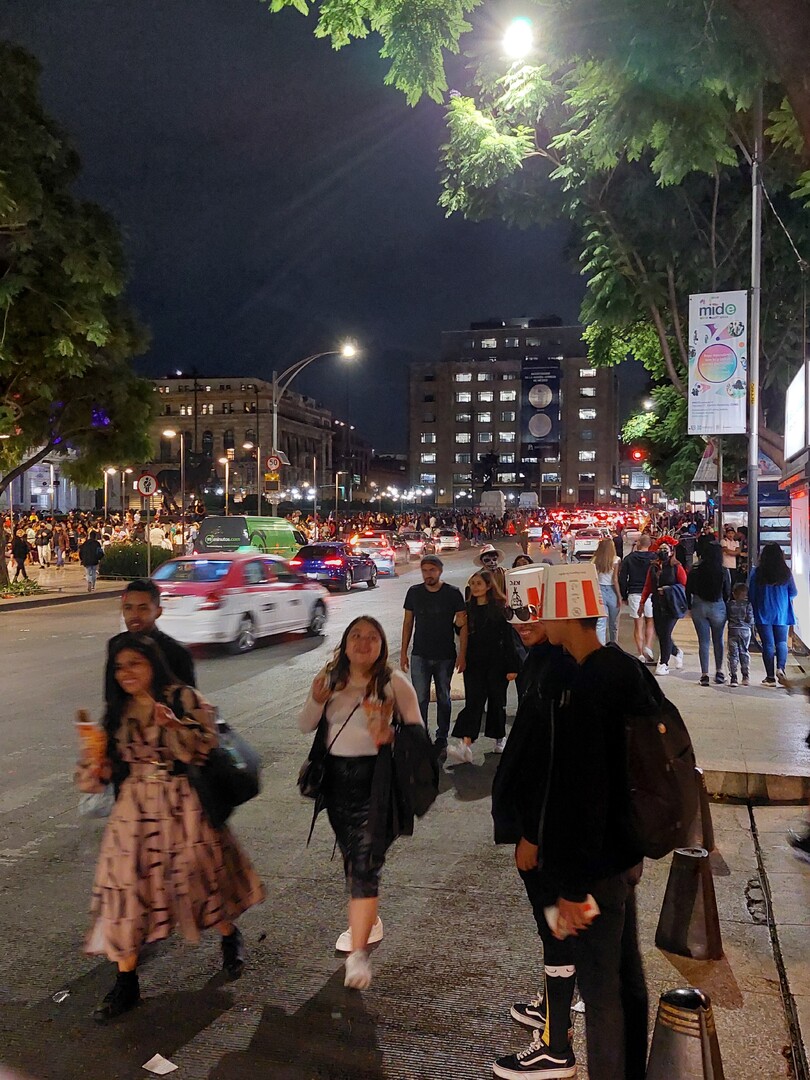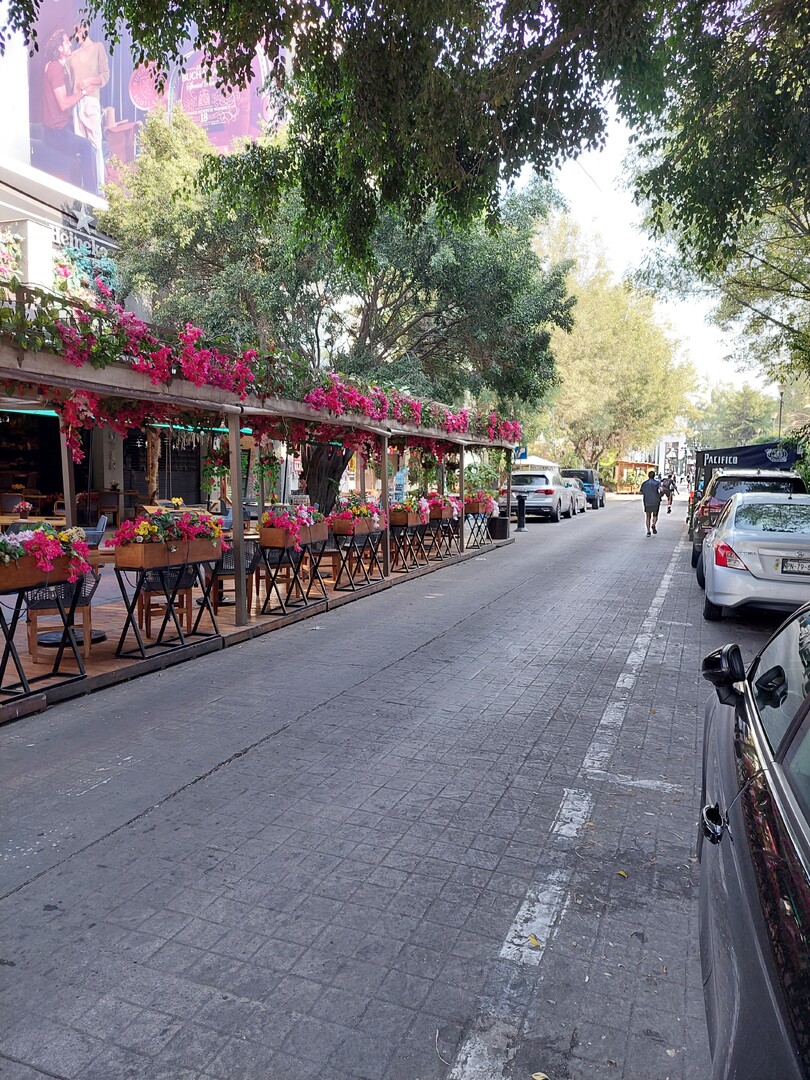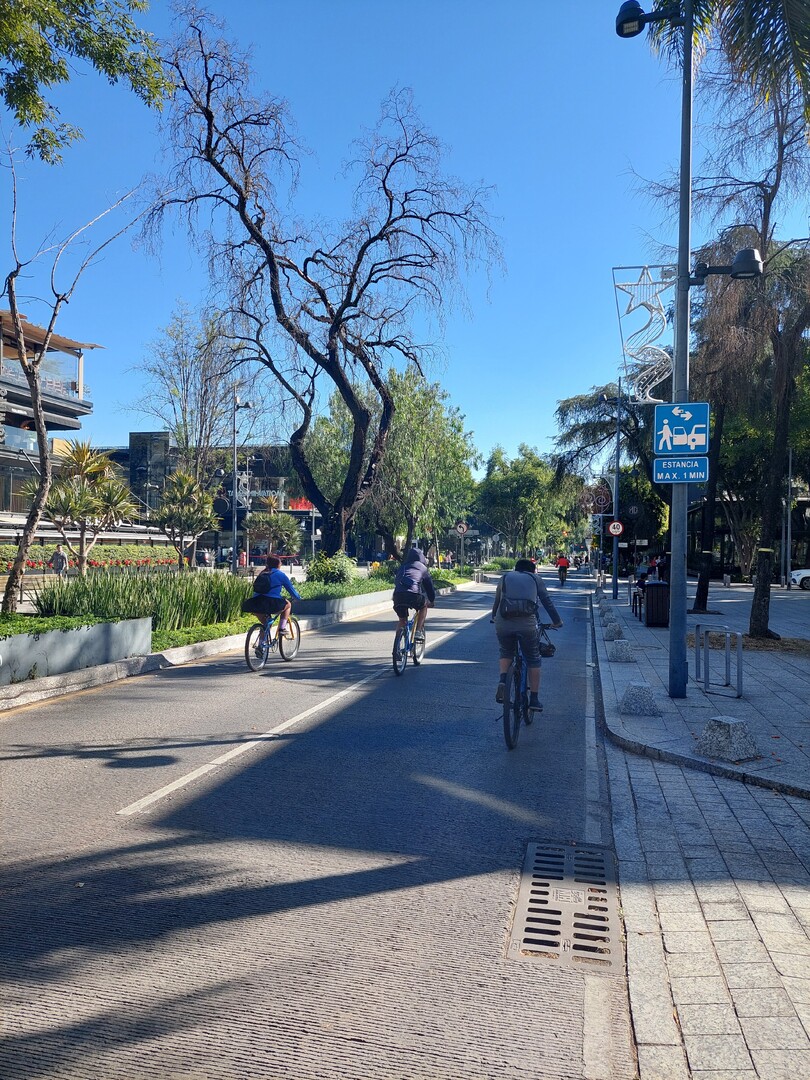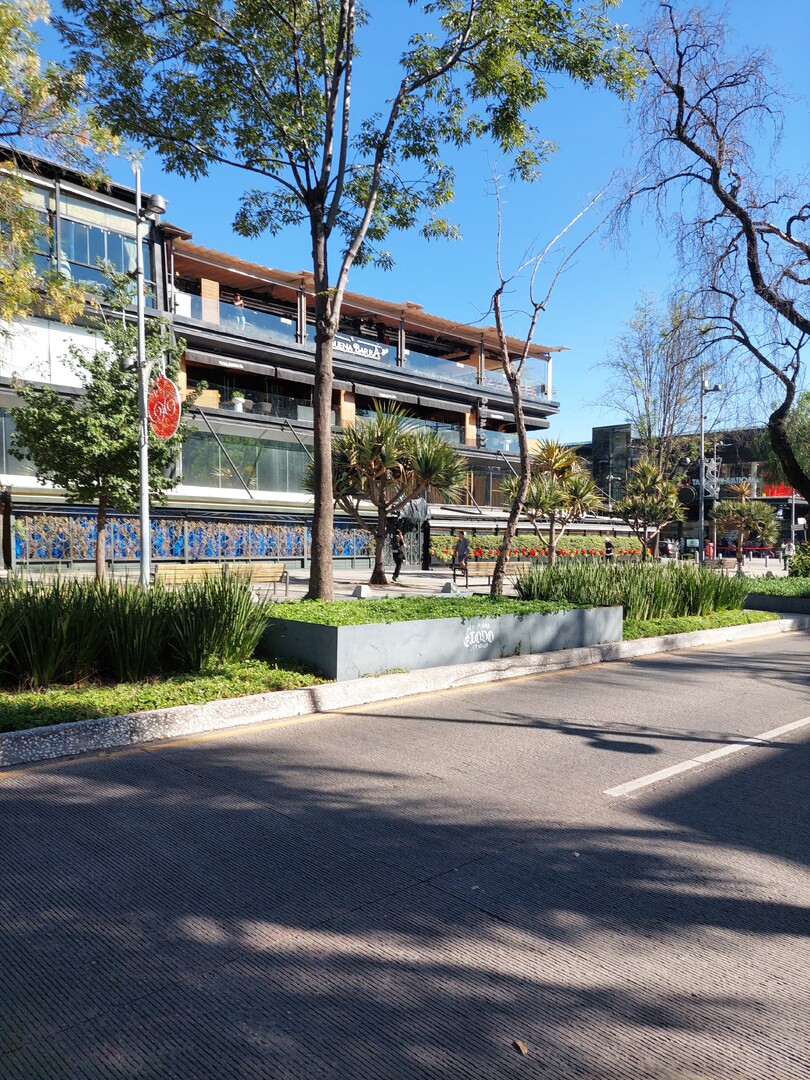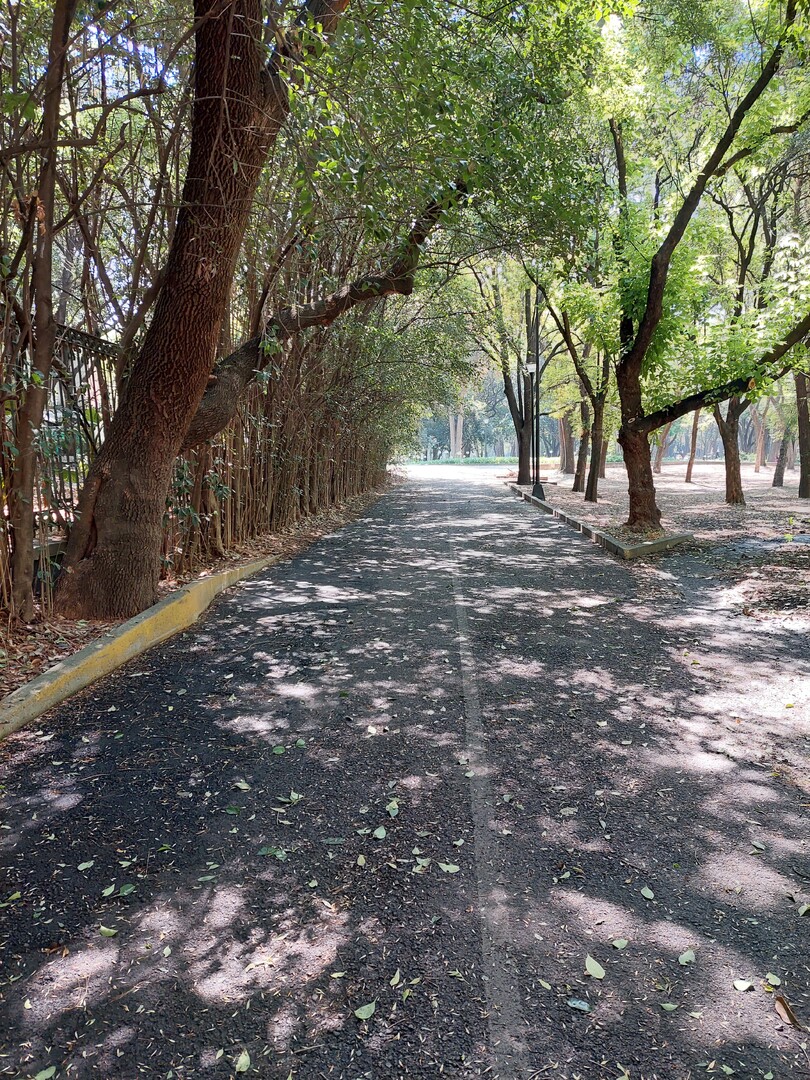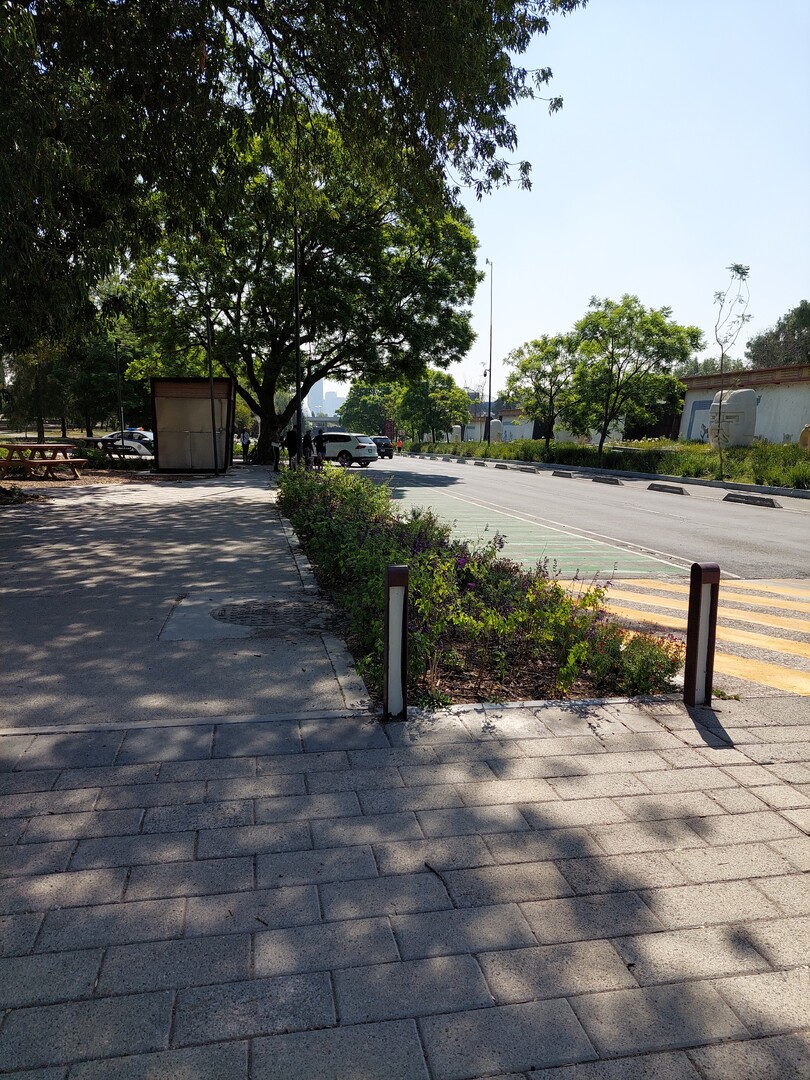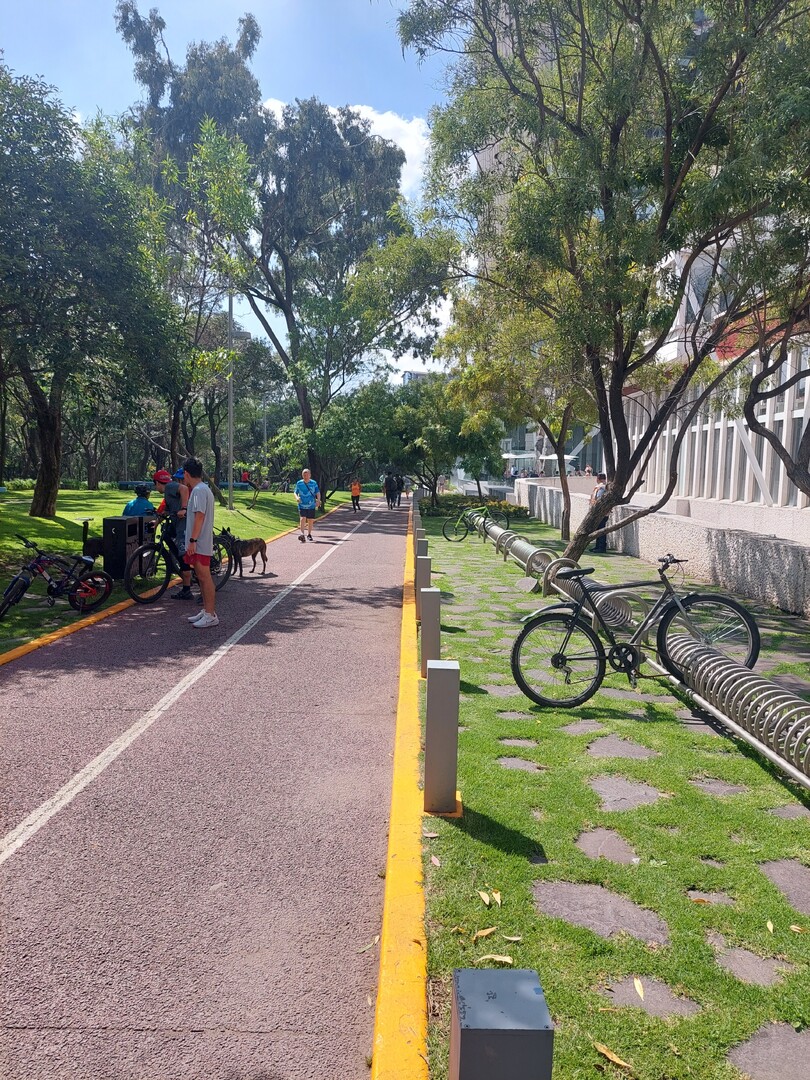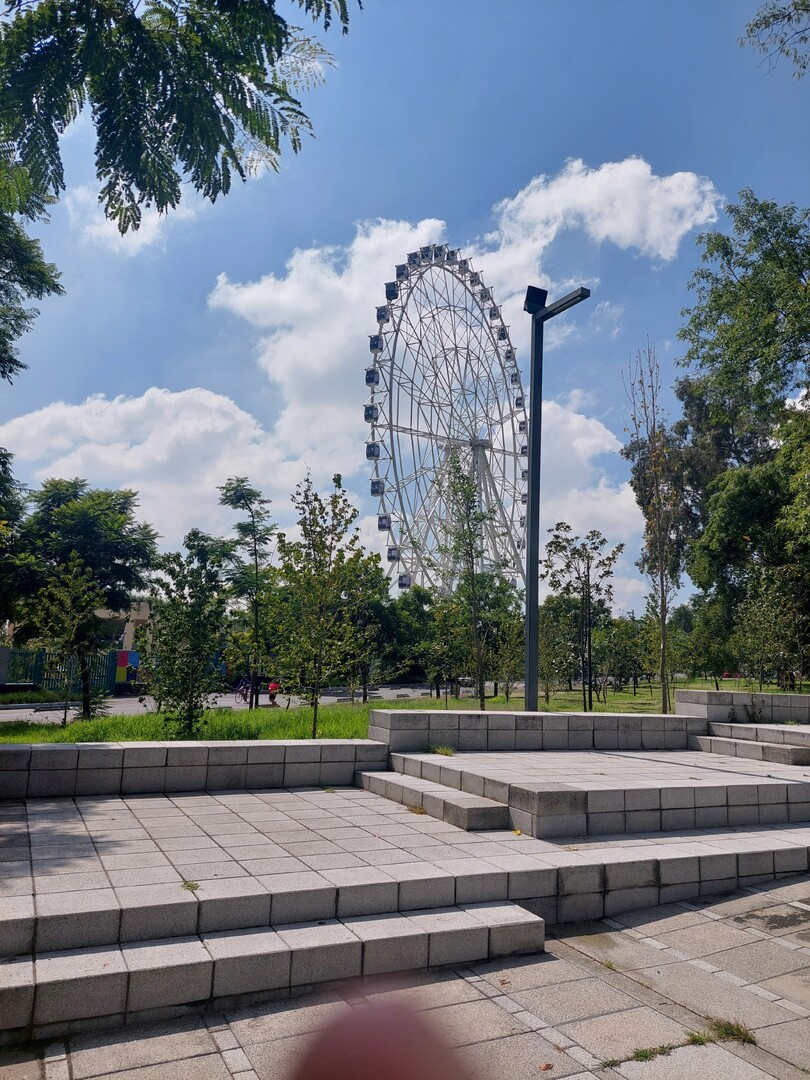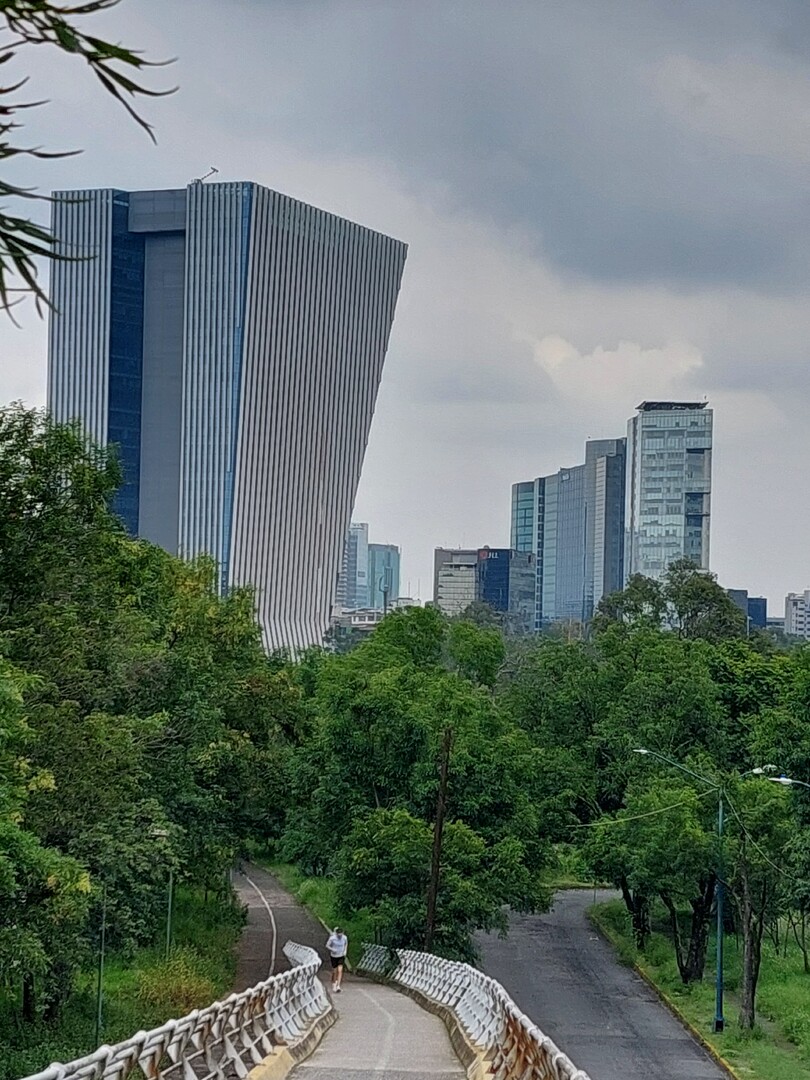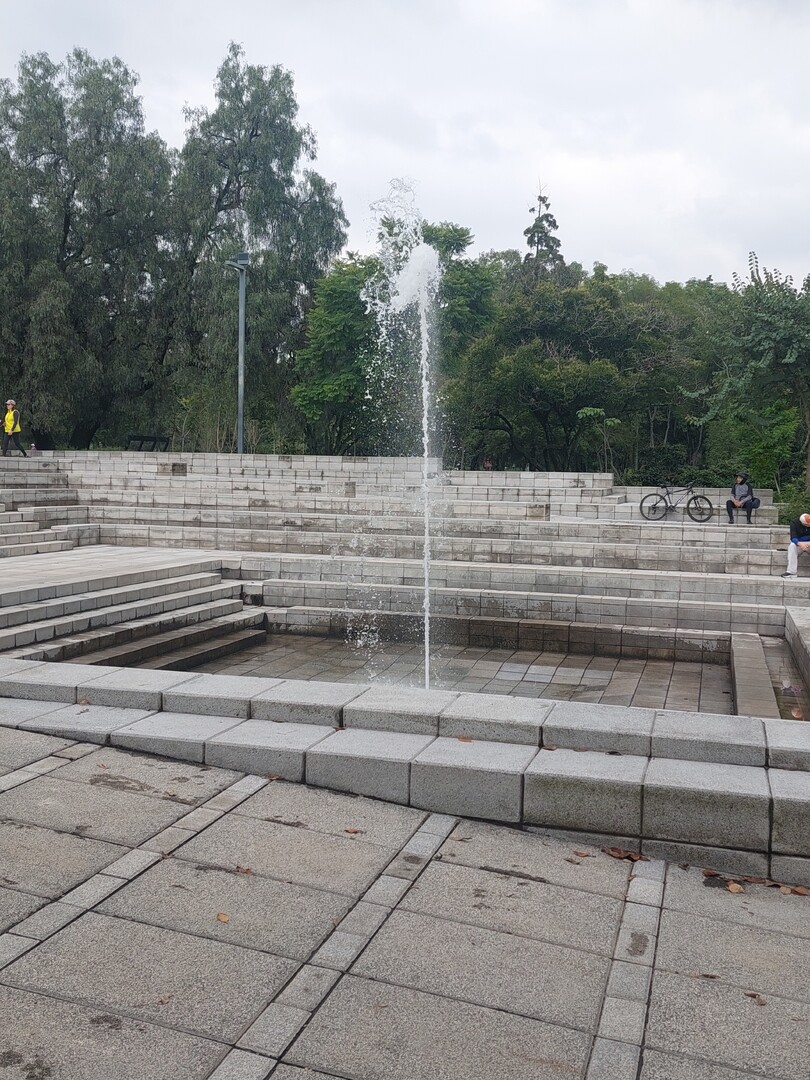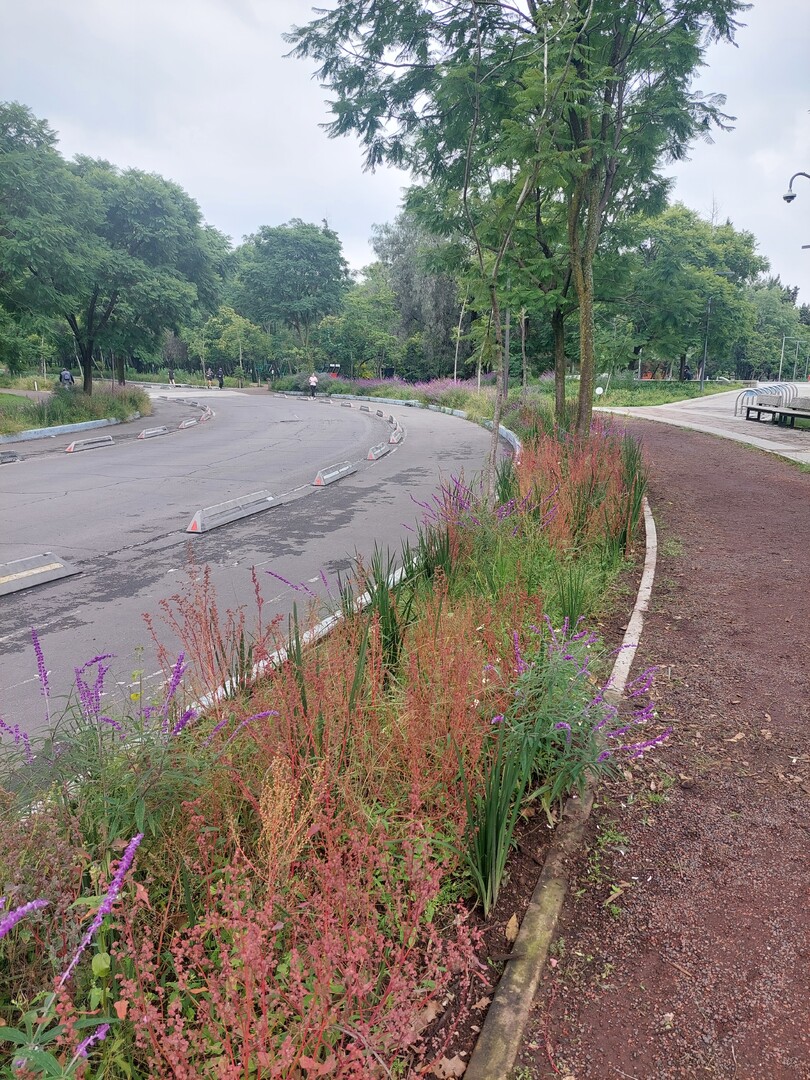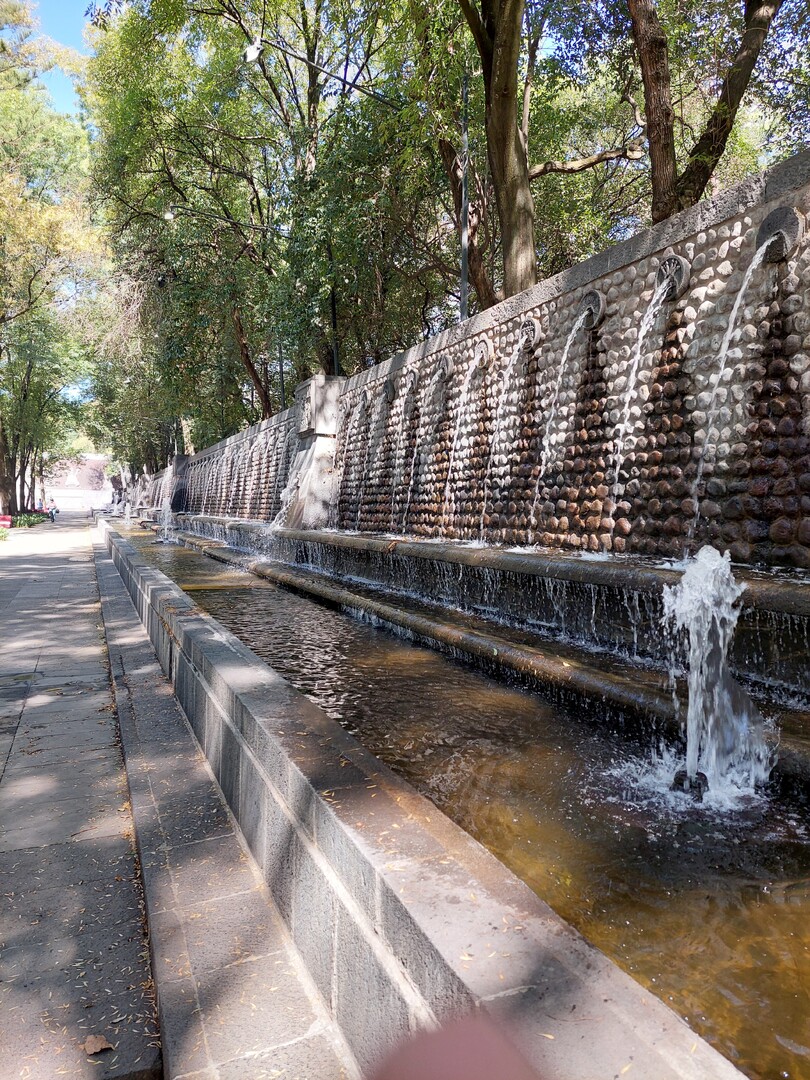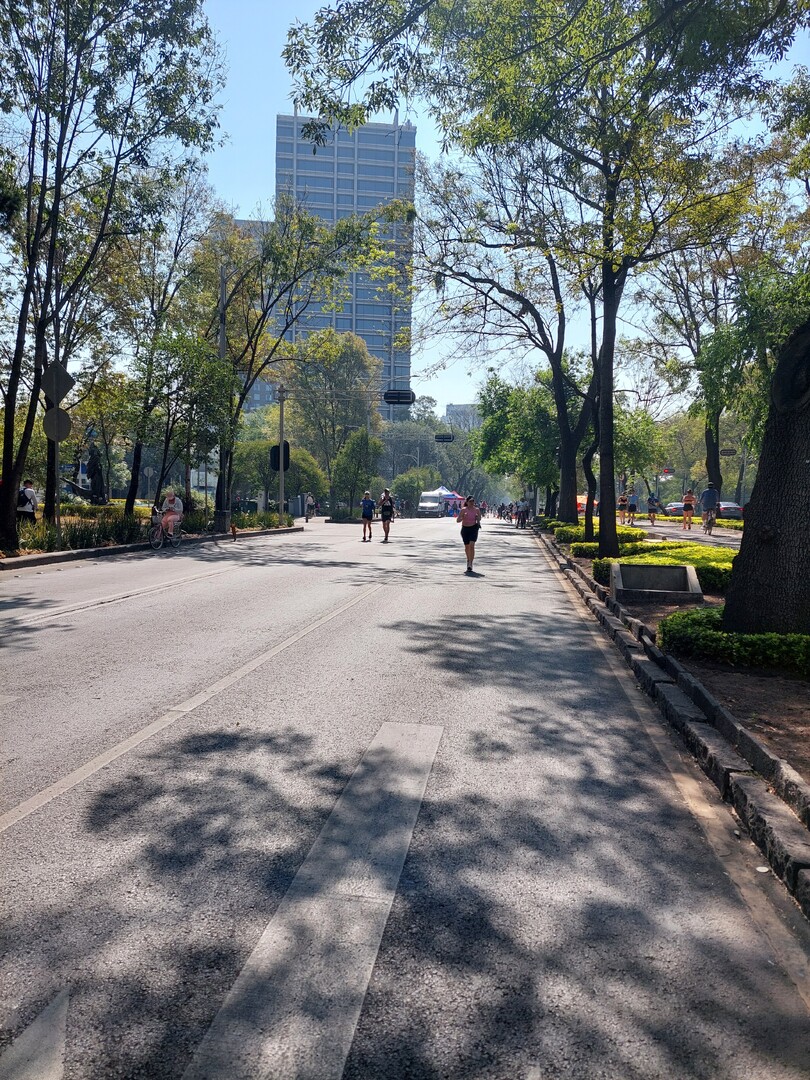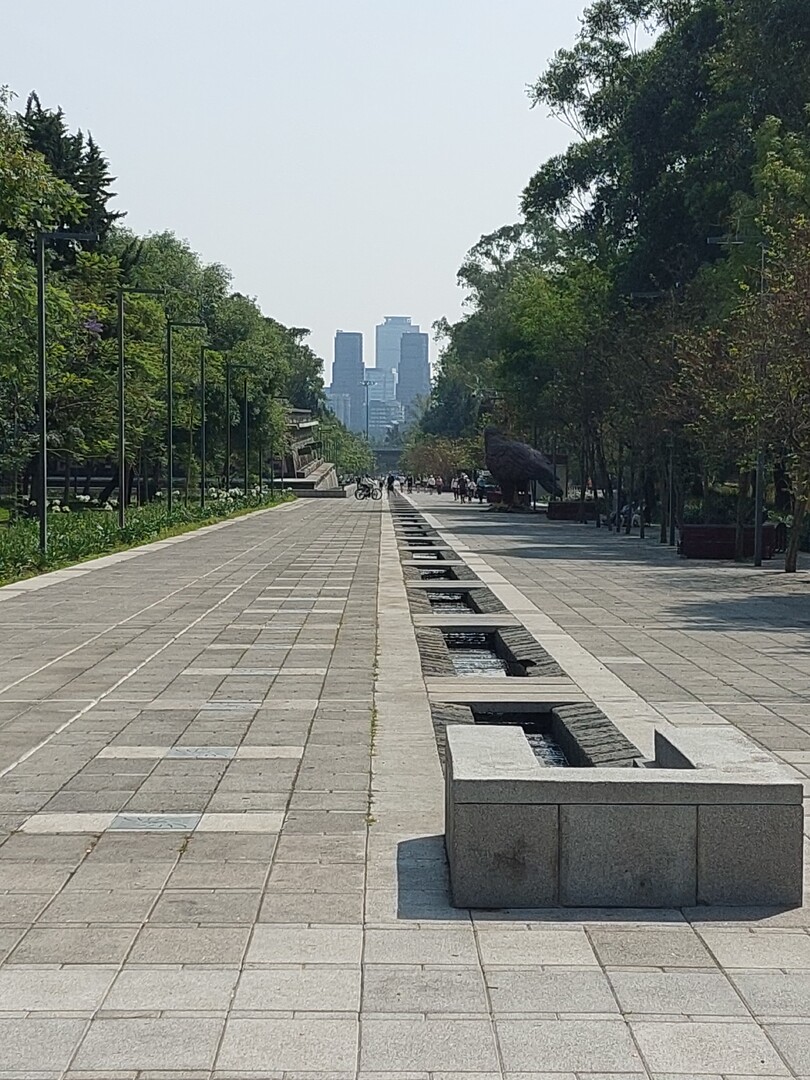-
Ohio LGBTQ+ News
While a nice gesture, they're almost certainly DOA with this legislature.
-
Columbus: Scioto Peninsula Developments and News
These just seem like excuses to me. As we see repeatedly, we're also not willing to build with greater density even in prime locations like the SP. I've gotten the "good enough" routine countless times over the years, so if density was really a concern, half or more of the projects being built around the city wouldn't be getting approved. Your last comment seems to agree with me. If even similarly-built places have much higher transit usage, it's really not that Vienna was built many years before or its inherent density because of it. In the US, transit and density simply aren't valued, pushed or funded in comparable ways.
-
Mexico City May 2023
-
Mexico City May 2023
-
Mexico City May 2023
Some more random pics from my time in CDMX. From Chapultepec over the last few years, many from the 2nd Section which most tourists never really visit. All the pic sets were taken between 2022-2025.
-
Columbus: Scioto Peninsula Developments and News
"Second to NYC" is doing some incredibly heavy lifting here. DC transit ridership is about 12% of NYC's, and every other US city is even worse. And if you think it's because the population is much less, that's just not the full picture. Let's take a random European city... say Vienna. It's metro area is about 2.9 million, while Washington's is over 6 million. Vienna's transit ridership is 3.5x that of Washington despite Washington being more than twice as large. And again, as you mentioned, DC is 2nd highest in the US. Put another way, Vienna has just 650,000 more people in its metro than Columbus, but has more than 38x the transit ridership.
-
Ohio Census / Population Trends & Lists
The US Census.
-
Columbus: Scioto Peninsula Developments and News
Does DC actually have good transit? Maybe for a mid-sized American city, but that's a very, very low bar. Americans drive because we simply do not prioritize anything else and haven't for 100 years. We just don't value density, walkability, transit, or other typically urban infrastructure in any way compared to much of the rest of the world. Walmart- or any business- not being able to survive in an American city has little to do with parking and everything to do with cultural expectations of the look, funcionality and accessitiblity of cities, especially and almost exclusively to the personal car. Columbus is no exception to that, as city leadership has spent decades doing everything possible to accommodate them. Even the BRT plans are just an avoidance of better transit options, IMO. Better than nothing, but ultimately not good enough and not conducive to the type of urban environment most people on this forum would seemingly want.
-
Columbus: Scioto Peninsula Developments and News
It goes to show the Downtown Commission will approve almost anything as long as it has enough parking. I would argue they are one of the worst commissions in the city, and they have some stiff competition. Just zero consistent standards and no pushback whatsoever on horrid design.
-
Ohio LGBTQ+ News
The next generation of kids is going to be far, far more bigoted and reverse decades of progress on issues of race, gender, orientation, etc. if these things continue.
-
House Bill 920 (Property Tax)
This is just a continuing effort to dismantle education outside of conservative charter/private schools. Public education in Ohio would basically collapse without this funding, and Republicans have no plans to replace it with an alternative. People don't like taxes, but they also seem to believe that all services and quality of life can be maintained without them. That for-profit entities are going to rush in to save us with their altruism. There is no scenario in which these schemes don't simply advance the increasing wealth gap and put more middle and lower income people in a worse position. Our civilization continues to get dumber by the minute.
-
Ohio Census / Population Trends & Lists
Beyond empty land within the existing city limits, there are just endless opportunities for densification that could go on for many, many decades without any green field development. Hopefully the next phase of Zone-In will allow much greater density in SFH-dominant neighborhoods.
-
Ohio Census / Population Trends & Lists
I can't speak to those suburbs, but Columbus has very, very little annexation happening anymore. It's been discussed here many, many times. According to city records, Columbus in 2010 was 227.2 square miles, and the exact same in 2023. Edit: Here were the area size changes for the mentioned suburbs 2010-2020 (nothing updated yet beyond 2020) Reynoldsburg: -0.04 Grove City: +1.29 Hilliard: +1.1 Delaware: +1.01 So Reynoldsburg actually shrank slightly in that time, the rest grew about 1 square mile. Not exactly huge totals.
-
Columbus: Population Trends
Well, in 2020 the old city limits (1950) population was 256,939. The area size for that is 47.077 square miles, giving a 2020 density of 5457.8 ppsm. That was up significantly from 2010 when the density was 4,974.4. 2024 estimates for this area won't be possible until census tract numbers come out towards the end of the year, but in 2023, they had this area showing a population of 250,530 and a density of 5321.7. The loss can be attributed to a few things- estimates tend to perpetually underestimate urban tracts, and Covid did impact urban area populations. As we are seeing, though, Columbus' 2023 number overall was revised up by over 7,000, and 2024 data indicates healthy growth. So it's very possible the losses either weren't that much or the core has already recovered. Housing continues to be built and vacancy rates remain very low. Density by Core Neighborhood in 2020 (based on 1950 boundaries) Downtown: 3978.6 Short North: 8550.3 Campus/Weinland Park/Old North: 10350.2 German/Merion Village: 5703.5 Other Near South Side: 7030.7 OTE/KL: 5351.6 Franklinton: 3667.6 Hilltop: 6972.0 Clintonville: 4753.2 South Linden/Milo-Grogan: 2313.2
-
Columbus: Population Trends
In 2023, the last info I have was that Columbus was at 227.2 square miles. At 933,263, the density would be 4,107.7. That would be roughly an increase of 97 people per square mile since 2020. If it continued at that pace through 2030, the density by then would be about 4253.4. However, a lot could change between now and then.






